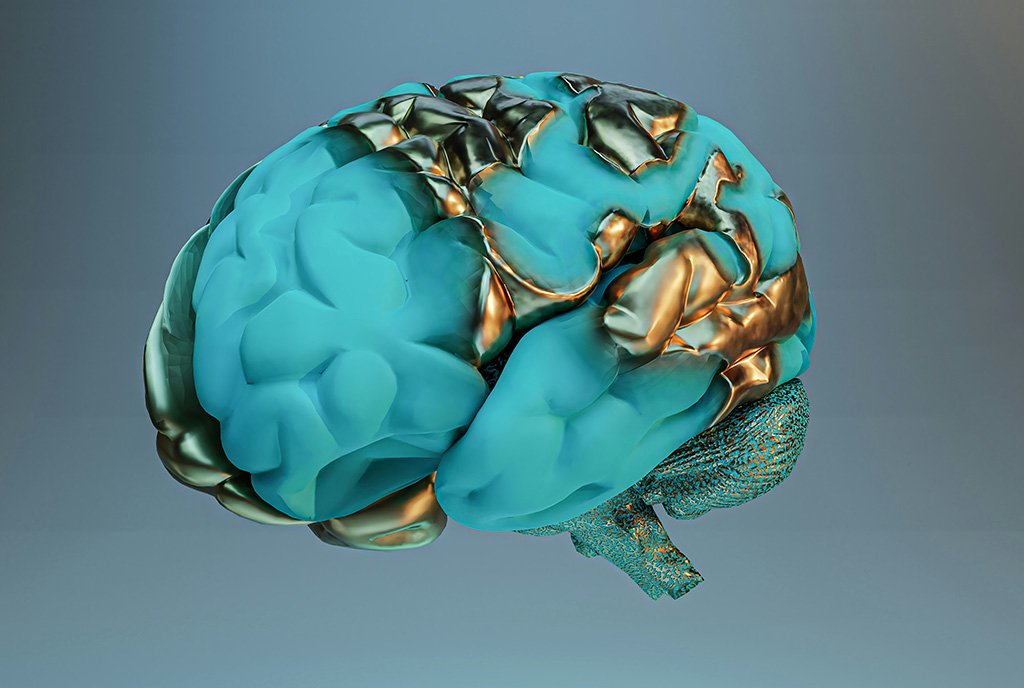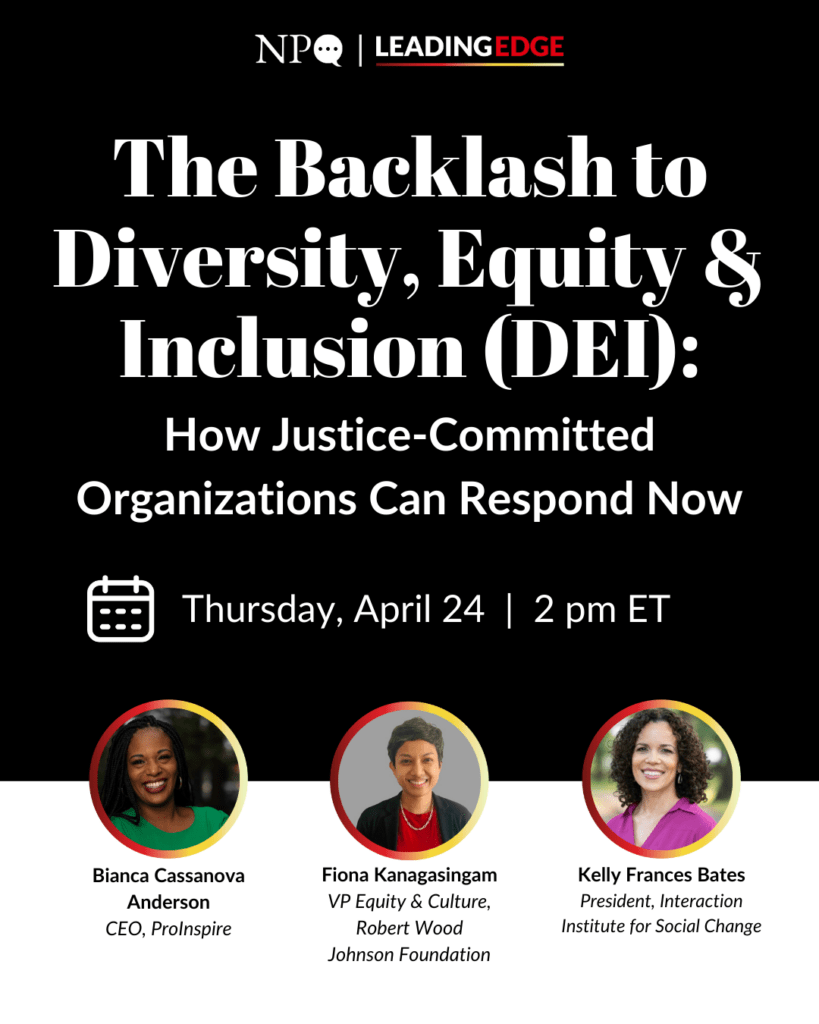
Traumatic brain injury (TBI) is a leading cause of death and disability worldwide. Defined as an injury to the head that disrupts normal function of the brain, TBI affects millions each year. In the United States alone, 2.85 million Americans sustain a TBI annually, underscoring the magnitude of this public health issue.
Whether mild (commonly called a concussion) or severe, TBI impacts the whole person, often leading to complex and long-term challenges. Research shows that 51.5 percent of people experience chronic pain, and 70 percent of people experience sleep problems (fatigue, insomnia, sleep apnea) after TBI. Up to 50 percent of people with TBI face mental health challenges, including anxiety, depression, and PTS(D). The risk of suicide for those with TBI is four times more likely than for people without TBI. Additionally, the often invisible nature of brain injury results in a lack of awareness and understanding in society, which leads to increased stigma, unemployment, and social isolation.
The lack of a gold standard in treatment makes it among the most expensive public health problems globally, often leaving people to navigate complex challenges without sufficient care.
Systemic Barriers to Care
Despite the significant health challenges following a brain injury, accessing long-term, holistic healthcare necessary to support wellbeing and quality of life remains difficult due to several systemic barriers.
For example, up to 56 percent of TBIs are not diagnosed in the ER. Only 13 to 25 percent of patients receive interdisciplinary rehabilitation—including physical, occupational, and speech therapies, and other necessary interventions—due to cost barriers, institutional racism, and insurance limits.
For those who are diagnosed, inpatient and outpatient care for TBI are costly, with lifetime healthcare expenses estimated to reach up to $3 million per individual. Yet patients are often discharged without comprehensive therapies to address the long-term implications.
Identity factors—including race, age, gender, and socioeconomic status—shape one’s risk of TBI and one’s experience within the medical system. According to the CDC:
- American Indian/Alaska Native people and older adults (age 75 and older) have the highest rates of TBI-related hospitalization and death.
- Men, disproportionately Black and Indigenous, have the highest risk of sustaining a brain injury.
- Black and Latinx people are significantly more likely to be discharged home and receive less physical therapy (PT) and occupational therapy (OT) treatment than White people.
- People with low incomes, no health insurance, or those far from hospitals often go without care.
Moreover, some people feel discouraged from seeking help. As Dr. Mary G. Brownsberger, a neuropsychologist, tells NPQ: “There still remains significant stigma that limits one’s willingness to access services even when they are available. And services remain financially inaccessible for far too many.”
Kevin McKenzie, who sustained a TBI in 2020, shares his own experience in an interview with NPQ: “There are still so many hurdles I have had to go through in my care. When referred to an incredible clinic at a state university, it took 10 months to get an appointment. While I received incredible care from my new neurologist there, follow-up appointments take time, including waiting over a year for an appointment with a neuropsychologist.”
The Need for a Holistic Approach to Healing
Healing from a brain injury is a complex, nonlinear process that requires addressing physical, cognitive, emotional, and social wellbeing. The World Health Organization (WHO) defines health as “a state of physical, mental, and social well-being, not merely the absence of disease or infirmity.”
However, traditional medicine often adopts a siloed approach, measuring progress by how closely individuals return to their previous baseline or a “normal level of functioning.” This perspective, influenced by “health normality bias”—which defines what is normal and equates it to health—can exacerbate challenges embedded within our medical system, especially when returning to “normal” is not a realistic goal.
Resilience Versus Recovery: A New Model for Healing
In Western medicine, the focus is often on recovery, defined as “a return to a normal state of health, mind, or strength.” Yet often, this expectation for individuals who’ve experienced a brain injury isn’t feasible.
“To expect a full recovery is unrealistic. But to be able to adapt, resiliently, is totally realistic and achievable.”
Dr. Brownsberger notes the importance of shifting focus: “Injury to the brain results in ongoing differences in brain function. To expect a full recovery is unrealistic. But to be able to adapt, resiliently, is totally realistic and achievable. And evidence indicates that outcomes are actually improved with a focus on resilience rather than recovery.”
The American Psychological Association (APA) defines resilience as the ability to adapt to difficult or challenging life experiences. Similar to post-traumatic growth—which involves positive changes in self-perceptions, interpersonal relationships, and sense of meaning after trauma—resilience can lead to significant personal development. Research suggests that up to 50 percent of people with brain injury experience post-traumatic growth. These concepts demonstrate that trauma can be a pathway to positive transformation, but effective tools are needed to do so.
The book Resilience: The Science of Mastering Life’s Greatest Challenges identifies some fundamental qualities that enable people to effectively grow from stress and trauma:
Sign up for our free newsletters
Subscribe to NPQ's newsletters to have our top stories delivered directly to your inbox.
By signing up, you agree to our privacy policy and terms of use, and to receive messages from NPQ and our partners.
- Realistic optimism
- Facing fears
- Social support
- Altruism
- Spirituality or religious beliefs
- Role models
- Physical and brain fitness
- Cognitive flexibility
- Meaning and purpose
While people are born with a certain level of resilience, it is also a skill that can be developed. Studies show that resilience after TBI improves psychological adjustment and motivation; ongoing symptoms such as post-concussive syndrome, PTS(D), fatigue, and depression; quality of life; participation in jobs, education, leisure, and relationships. Inversely, a lack of resilience negatively impacts one’s health.
“Brain injury impacts the whole person—the physical, the emotional, and the social.”
The Role of Mindfulness and Yoga in Healing
Professional snowboarder and LoveYourBrain Foundation Cofounder Kevin Pearce knows the potential of resilience first-hand. In 2009, he sustained a near-fatal TBI while training for the Olympics, which dramatically changed the course of his and his family’s life. Despite having access to top-tier healthcare, Kevin found that long-term, holistic care was lacking.
However, his healing journey changed when he started practicing yoga. Kevin explains, “Yoga allows me to feel something I don’t feel anywhere else. Everything becomes more calm. And just a little bit [easier]. It empowers me. It makes me feel able and so good about myself. And that allows me to accept this new person that I am.” Through yoga, Kevin discovered that healing went beyond recovery and the goal to “get back to normal,” as he often heard from doctors.
Adam Pearce, Kevin’s brother and cofounder of the LoveYourBrain Foundation, witnessed yoga’s impact on his brother’s healing. “Brain injury impacts the whole person—the physical, the emotional, and the social. The unique part about yoga is that it also focuses on the whole person. It gives people the ability to connect with the mind, connect with the body, and connect with the spirit. It’s an incredible pathway to healing.” As his brother’s primary caregiver, Adam’s own mindfulness practice has supported a healthier and more balanced dynamic in his relationship with Kevin and himself.
And research confirms what Kevin experienced. Mindfulness practices like yoga, which involve focusing attention on the present moment without judgment, improve cognition, anxiety, depression, sleep, social connection, and chronic pain after TBI.
Policy and Advocacy: The Path Forward
Recent advancements, such as the Centers for Medicare & Medicaid Services (CMS) recognizing brain injury as a chronic condition, mark significant progress. This change, advocated for by the Brain Injury Association of America, among others, opens a pivotal door to revisit how the US medical system and government approach TBI care.
Yet, the challenges people with brain injury face receiving integrated care point to inequities in society, healthcare, and the government. This requires attention and advocacy on a national scale as generating buy-in and change within monolithic systems takes time and evidence of efficacy, particularly for free alternative healing methods.
To progress equitable and accessible brain injury care, Dr. Brownsberger shared a realistic view with NPQ of the work to be done: “Our governments must prioritize care for all their constituents by funding access to all evidence-based care modalities for everyone; by developing and enforcing regulations that require equity and inclusion in hiring practices; and by celebrating and supporting intersectional differences, such that every individual living with a brain injury, or any other disability, is able to participate in their community of choice.”
The Role of Community Organizations
Organizations like LoveYourBrain lead this work, providing free, evidence-based, holistic health programs to individuals with TBI and their caregivers. Adam Pearce highlights a necessary shift: “Oftentimes our medical system has us thinking that someone else can fix us. Yet, a holistic approach to healing shows us there is so much more that we can do for ourselves.”
Kevin McKenzie, who participated in LoveYourBrain’s programs after sustaining a TBI, reflects to NPQ: “[Their] emphasis on mindfulness and resilience has profoundly impacted me. The practices of reflection, grounding, and gratitude have taught me the importance of taking time for myself, which has been crucial for my overall wellbeing. Connecting with individuals who share comparable experiences has been incredibly supportive for my recovery and personal growth.”
Healing from TBI extends beyond physical recovery; it involves rebuilding identity, adapting to new realities, and cultivating resilience. Embracing holistic approaches—such as mindfulness, community support, and practices for overall wellbeing—empowers individuals with TBI to lead fulfilling lives.
“Recognizing the profound impact of TBI and working collaboratively to remove barriers to care is essential.”
For societal change, brain injury awareness and education are vital. McKenzie underscores the importance of both: “I think there is a gap when it comes to understanding what individuals may go through when suffering a brain injury, as well as the residual effects that can linger over time.” He continues, adding, “I believe there is still a long way to go before more people fully understand what happens when someone faces a brain injury and what comes after.”
Recognizing the profound impact of TBI and working collaboratively to remove barriers to care is essential. By shifting the focus from solely seeking recovery to fostering resilience, we can pave the way for a more compassionate and effective approach to brain health.









